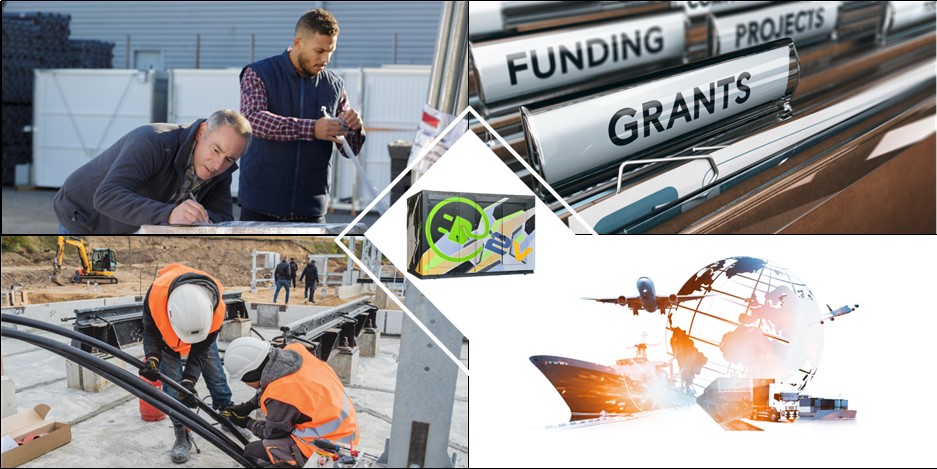Unveiling the Challenges of EV Charging Station Deployment

In the fast-paced world of electric vehicle (EV) infrastructure development, the journey from concept to reality is fraught with challenges. From procurement hurdles to installation complexities, and funding obstacles, navigating the pain points of building EV charging stations requires a comprehensive understanding of the landscape.
One of the initial pain points in EV infrastructure build-out is procurement logistics. Sourcing separate components with individual lead times can significantly delay project timelines. Imagine coordinating the acquisition of transformers, rectifiers, and distribution equipment separately, each with its own set of procurement challenges. This fragmented approach not only prolongs the deployment process but also increases the risk of compatibility issues down the line.
Once the components are procured, the next challenge arises during installation. Finding qualified labor capable of handling the intricate electrical work is crucial yet often challenging. Moreover, navigating the maze of permitting requirements, digging trenches, and running conduit adds layers of complexity to the installation process. Unexpected setbacks such as adverse weather conditions or unanticipated site conditions further exacerbate the challenges, leading to delays and cost overruns.
Ensuring compatibility among various components is another pain point in EV site build-out. Integrating chargers, rectifiers, and distribution equipment from different vendors requires meticulous planning to avoid compatibility issues that could jeopardize the functionality and safety of charging infrastructure. The last thing anyone wants is to discover that the components don’t play well together after installation, necessitating costly rework and downtime.
Securing funding for EV charging station deployment poses yet another challenge. Whether through capital raising, grants, or other sources, obtaining the necessary financial resources within budget and schedule constraints is no easy feat. With federal guidelines aiming for 50% of all cars sold in the US to be zero-emission vehicles by 2030, the pressure to accelerate infrastructure development is mounting. However, navigating the funding landscape requires strategic planning and creative approaches to ensure project viability and sustainability. The cumulative impact of these pain points extends beyond project timelines and budgets—it directly affects the ability to meet the ambitious federal guidelines for zero-emission vehicles. Despite the challenges, there are companies thinking differently about how to handle these challenges.
In the realm of EV infrastructure, AK Power Solutions stands at the forefront of innovation. With a mission to accelerate the EV infrastructure build-out, AK Power Solutions offers the E2V Integrated Power Module (IPM), a game-changing solution designed to revolutionize power deployment for EV charging stations. Unlike traditional approaches that involve lengthy procurement lead times and weeks of digging and trenching, the E2V IPM combines three key components—Medium Voltage Breaker, Dry Transformer, and Low Voltage Switchgear—into a single unit. This innovative approach eliminates the complexities of field coordination, reduces installation time to just one day, and minimizes the footprint of the charging infrastructure. With AK Power Solutions’ E2V IPM, businesses can redefine how they power America’s grid, paving the way for a more efficient and sustainable future.
The journey to building a robust EV charging infrastructure is riddled with challenges, but it’s not insurmountable. By acknowledging the pain points, understanding their implications, and embracing innovative solutions with companies that think differently, we can meet the 2030 federal guidelines and electrify America’s transportation network. Let’s navigate the challenges together, one EV site build at a time.